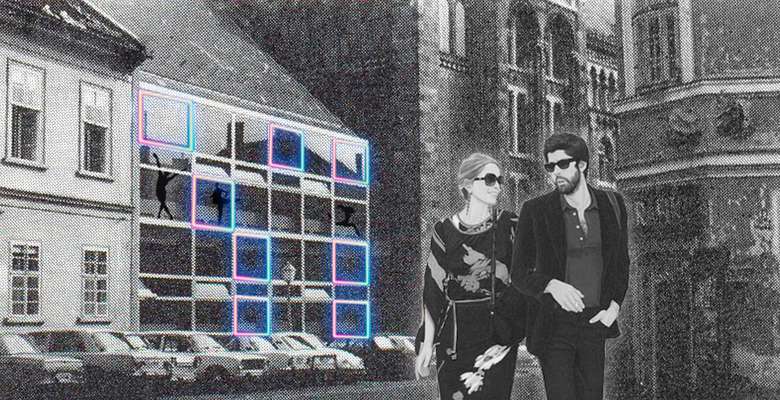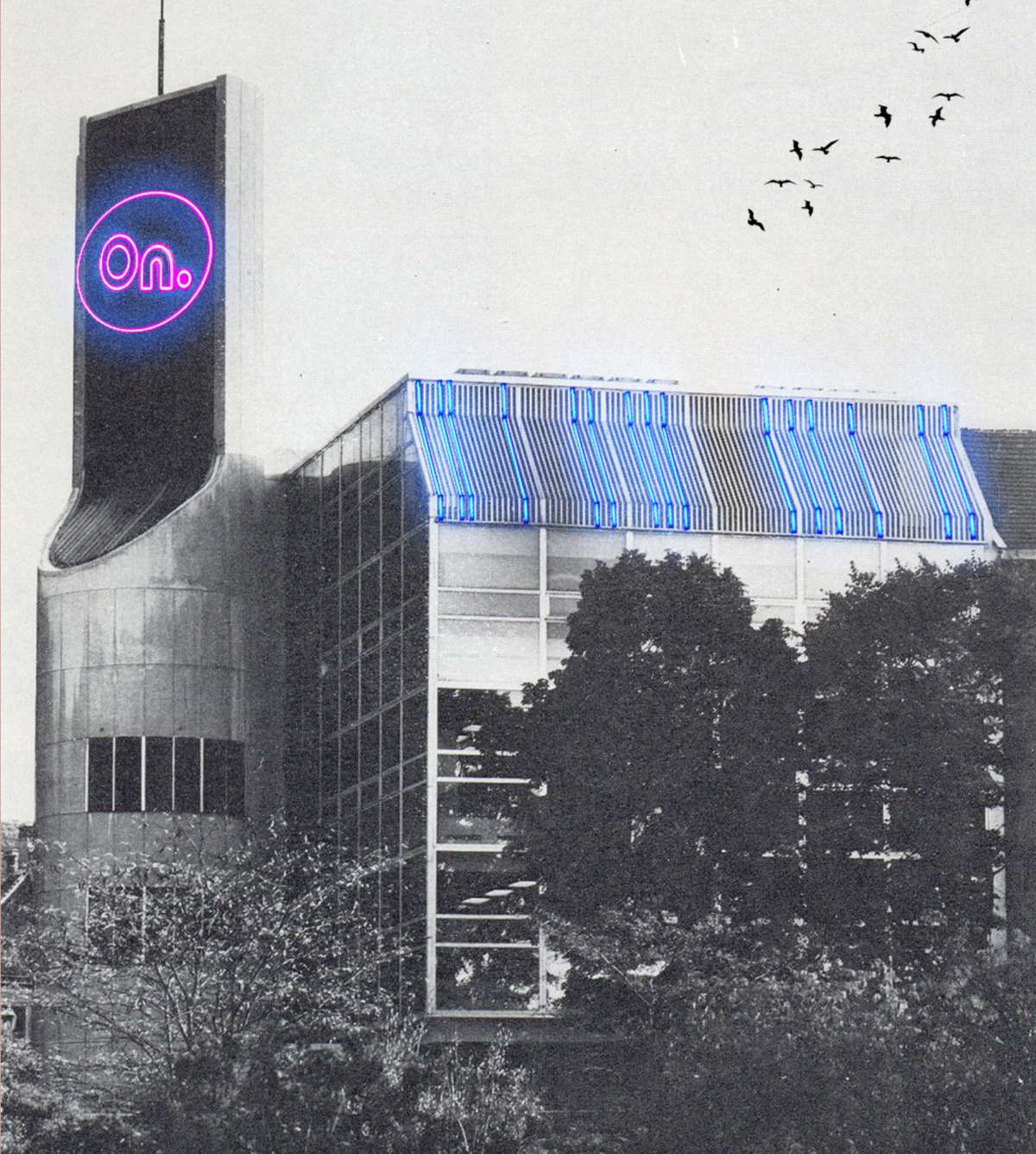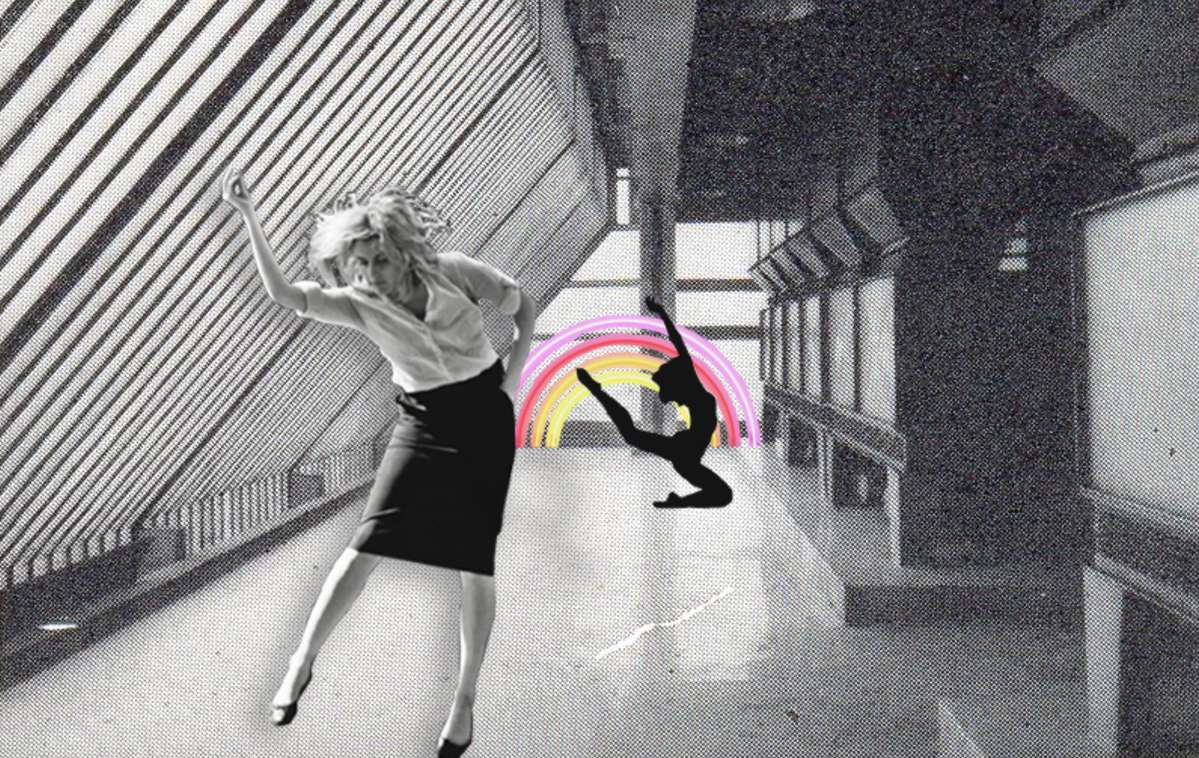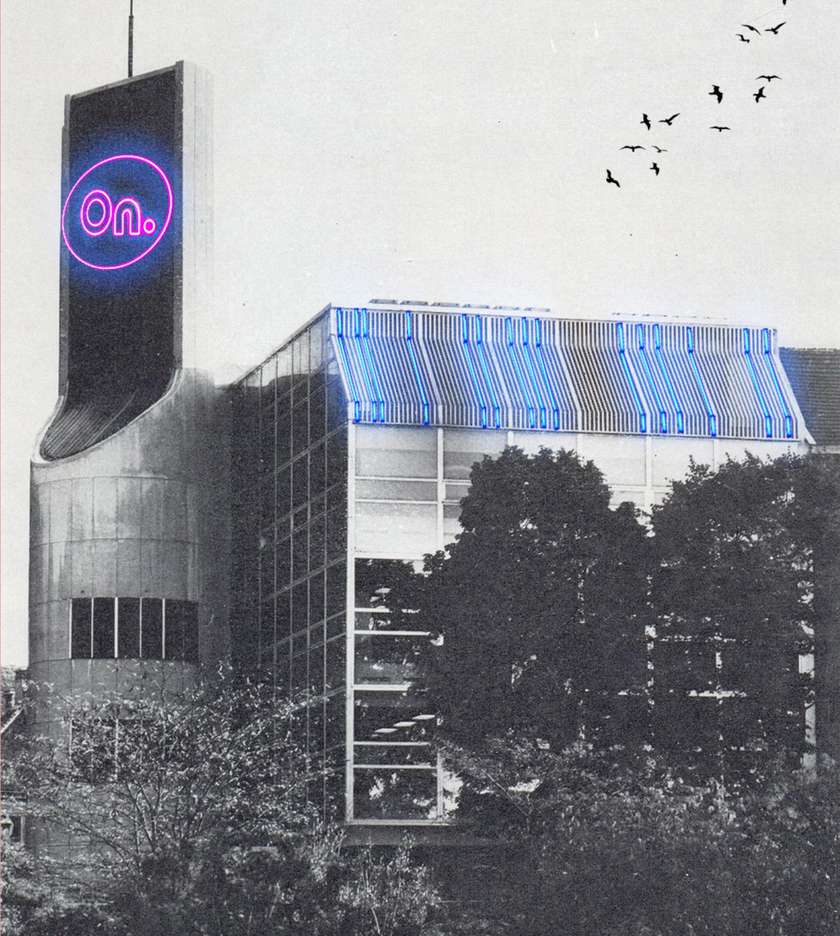Idea by
Rachel Györffy
Call for ideas 2021
Towards a Potemkin City
Towards a Potemkin City

- Systemic changes
The broader impact of my research would not only challenge what currently is being created in Central and Eastern Europe (Berlin, Budapest, Skopje), the Potemkin City, the facadist town of scenery-like, retrograde architecture of hard-to-define neo styles, established on the grounds of resentment towards late-modernist architecture and fed by the eagerness of pleasing tourism with a total lack of recognition for the results of over-tourism and dissolution of social diversity in the city but also analyze the the dichotomy of a collective longing for a past-never-happened, transfigured by the romanticizing cloud of nostalgia and the paradox of a retrograde utopia, where our future lies on the timeline already behind us. This faux-utopia is also conditioned by the loss of the horizon in the age of aesthetic capitalism, the pervasiveness of amusement in architecture and the ‘unsustainable development’ of the Neo-liberal economy resulting in a broken planet (E. Krasny, A. Fitz).


Towards a Potemkin City
Towards a Potemkin City

- Systemic changes
The broader impact of my research would not only challenge what currently is being created in Central and Eastern Europe (Berlin, Budapest, Skopje), the Potemkin City, the facadist town of scenery-like, retrograde architecture of hard-to-define neo styles, established on the grounds of resentment towards late-modernist architecture and fed by the eagerness of pleasing tourism with a total lack of recognition for the results of over-tourism and dissolution of social diversity in the city but also analyze the the dichotomy of a collective longing for a past-never-happened, transfigured by the romanticizing cloud of nostalgia and the paradox of a retrograde utopia, where our future lies on the timeline already behind us. This faux-utopia is also conditioned by the loss of the horizon in the age of aesthetic capitalism, the pervasiveness of amusement in architecture and the ‘unsustainable development’ of the Neo-liberal economy resulting in a broken planet (E. Krasny, A. Fitz).

